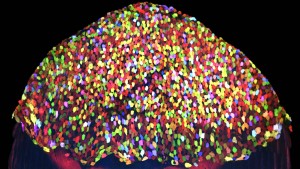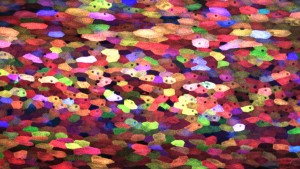This post highlights the approach and findings of a new research article published in Disease Models and Mechanisms (DMM): ‘5-HT2A and 5-HT2C receptors as hypothalamic targets of developmental programming in male rats’. This feature was written by Richard Seeber as part of a graduate level seminar at The University of Alabama (taught by DMM Editorial Board member, Prof. Guy Caldwell) on current topics related to use of animal and cellular model systems in studies of human disease. The course is designed to expose students to recent research in a variety of diseases, and for this assignment, students were asked to read and provide a scholarly summary of an assigned research article ‘in press’ at DMM. Richard’s summary was selected by the editorial team for publication at the Node. The text has been edited and shortened by DMM in conjunction with the author.
Over the past three decades, the global incidence of obesity, a condition characterized by excess body fat, has more than doubled. According to the WHO, obesity now affects over two billion people and is fast becoming a global epidemic. Although about 13% of the world’s population now lives with some degree of obesity, elucidating the molecular underpinnings of the disorder has proven challenging.
In 1994, the discovery of a gene encoding leptin, the so-called ‘satiety hormone’, provided a framework for explaining the mechanisms underlying obesity – in part. Leptin acts on different neuronal cell populations, including the pro-opiomelanocortin (POMC) neurons in the arcuate nucleus of the hypothalamus, to regulate appetite and modulate energy homeostasis. Previous research suggests that chronic overproduction of leptin results in leptin resistance, leading to decreased feelings of satiety and thereby increased risk of developing obesity (Myers et al., 2008). Although defects in leptin signaling are important contributors to the development of obesity, these alone do not provide a complete picture of the underlying molecular mechanism, and there is evidence for leptin-independent programing of obesity. For example, low-birth-weight mice that undergo subsequent rapid growth (‘recuperation’) demonstrate adult obesity, increased food intake, and increased fat pad size, irrespective of leptin levels (Cottrell et al., 2011).
Research has uncovered such a leptin-independent mechanism of obesity: defects in 5-hydroxytryptamine (‘5-HT’ or ‘serotonin’) signaling result in lasting increases in food consumption and weight in mice (Tecott et al., 1995). Such lasting changes in food consumption and weight could be developmentally programmed by a congenital deficiency of serotonin receptors, as fetal serotonin receptor expression decreases in response to high levels of serotonin itself (Pino et al, 2004). Poor prenatal nutrition has been demonstrated to affect fetal developmental programming and has also been tied to obesity later in life, although molecular mechanisms underpinning such obesity have remained poorly characterized (Godfrey et al., 2000). Connections among prenatal nutrition, serotoninergic signaling, and feeding behavior were elucidated in a recent study published in Disease Models and Mechanisms, in which a team probed the effects of prenatal nutritional challenge followed by rapid postnatal growth on the serotoninergic system in rats (Martin-Gronert et al., 2016).
To establish rat models for further analysis, the team fed pregnant rats with a protein-restricted diet. As expected, the offspring of these nutritionally limited mothers weighed significantly less than the pups born from normally-fed control counterparts. Both experimental and control pups were allowed to nurse on normally-fed control mothers, leading to rapid ‘catch-up’ growth of the low-birth-weight pups, which were termed recuperated rats. Of note, this model is clinically correlated to observations made in human neonates, as low birth weight human babies also often experience rapid postnatal ‘catch-up’ growth (Ong et al., 2002).
To examine the effect of nutritionally-induced high 5-HT levels on expression of the corresponding receptor, 5-HT2CR (encoded by Htr2c in rats), the authors analyzed levels of Htr2c mRNA. As predicted by previous findings (Pino et al. 2004), the highly-plastic transcriptome profile of 5-HT2CR changed in response to altered levels of 5-HT in nutritionally challenged fetal and neonatal brain tissues, which displayed a significant decrease in Htr2c mRNA when compared to controls. This difference in mRNA levels abated after the nutritionally-challenged rat offspring underwent rapid growth during nursing and subsequent weaning; however, even after nursing and weaning from control mothers, nutritionally challenged pups showed significantly decreased hypothalamic 5-HT2CR protein levels. This suggests a possible explanation for why low birth weight coupled with rapid growth could have long-lasting defects in the regulation of hunger and food consumption.
To validate the biological significance of altered expression of 5-HT2CR in recuperated rats, the authors directly administered D-fenfluramine to the brains of control and recuperated rats. Previously used in the treatment of human obesity, D-fenfluramine is metabolized by the liver to D-norfenfluramine, a potent 5-HTR agonist capable of exerting anorectic effects (Gibson et al., 1993). Control rats experienced a decrease in food consumption in response to treatment; however, recuperated rats showed impaired sensitivity to D-fenfluramine-driven redunction in food intake. This suggests that alterations in serotonin receptor-mediated signaling result in resistance to pharmacological modulation of feeding behavior, possibly through lowered 5-HT2CR levels.
Next, the authors studied whether early nutritional challenge followed by rapid growth resulted in alterations to the expression of other genes that are involved in regulating appetite. Using laser-capture microdissection, the authors isolated cells of the arcuate nucleus, the hypothalamus’s ‘hunger center’, from 3-month-old control and recuperated rats and performed global transcriptome analysis on isolated samples. The team’s microarray analysis revealed several significantly upregulated and downregulated genes in recuperated mice. Importantly, the most upregulated gene identified was Htr2a, which encodes another serotonin receptor family protein, 5-HT2AR. This significant upregulation, however, does not occur until birth and subsequent nursing of nutritionally-challenged rat pups: a change in Htr2a expression wasn’t observed in neonatal and fetal brains. Thus, the increase in nutrients and sudden growth brought on by nursing could serve as a stimulus for alternative serotonin receptor production when 5-HT2cR levels are altered by poor prenatal nutrition.
The authors then sought to determine whether upregulated 5-HT2AR localized to satiety-signalling POMC neurons in the arcuate nucleus. Using in situ hybridization histochemistry, the authors demonstrated the presence of 5-HT2A receptors on POMC-expressing neurons of the hypothalamus. Given the significant increase in 5-HT2AR expression in recuperated mice and the localization of those receptors to regulatory POMC-expressing neurons in the hypothalamus, the authors suggest that the upregulation of this alternative serotonin receptor could serve to balance diminished 5-HT2C receptor levels in recuperated mice by offering an alternative mechanism through which to regulate feeding behavior. In support of this hypothesis, they show that treatment with a 5-HT2AR agonist leads to suppressed food intake in 3-month-old recuperated rats, demonstrating that these rats are sensitive to pharmacological modulation of this pathway.
Using a clinically relevant rat model of postnatal recuperation following prenatal diet restriction, Martin-Gronert et al. have offered a molecular mechanism through which feeding behavior could be altered for life through perturbations in serotonin signaling. It has previously been reported that low-birth-weight human neonates who undergo rapid postnatal growth are at increased risk for obesity; thus, this new study could provide insight to a molecular mechanism of developmentally-programmed obesity in humans. As the relative contributions of serotonin receptor subfamily-mediated and leptin receptor-mediated signaling to obesity remain unknown, future work could make use of serotonin receptor and leptin receptor double mutants, with particular attention paid to mutagenesis of various serotonin receptor subtypes. These mutants could be fed varying diets to further probe the relative contributions of each receptor type to the genotype-by-environment interactions at play in the etiology of obesity.
Additionally, the authors offered strong evidence for the upregulation of the 5-HT2A receptor, which could be a valuable druggable target in the treatment of obesity caused by disrupted 5-HT2C signaling secondary to prenatal nutritional challenge and accelerated postnatal growth. As of yet, most selective 5-HT2A receptor agonists often cause psychiatric side effects. Future efforts should be made to identify additional drug-like 5-HT2A agonists from compound libraries, which could be filtered, optimized, and then screened in vivo for improved efficacy in the treatment of obesity with less severe side effects – work to which this rat model would be amenable.
References
Cottrell, E.C., Martin-Gronert, M.S., Fernandez-Twinn, D.S., Luan, J., Berends, L.M. and Ozanne, S.E. (2011). Leptin independent programming of adult body weight and adiposity in mice. Endocrinology 152, 47
Gibson, E.L., Kennedy, A.J., and Curzon, G. (1993). d-Fenfluramine- and d-norfenfluramine-induced hypophagia: differential mechanisms and involvement of postsynaptic 5-HT receptors. Eur. J. Pharmacol. 242(1), 83-90.
Godfrey, K.M. and Barker, D.J.P. (2000). Fetal nutrition and adult disease. Am. J. Clin. Nutr. 71(5), 1344-52.
Martin-Gronert, M.S., Stocker, C.J., Wargent, E.T., Cripps, R.L., Garfield, A.S., Jovanovic, Z.J., D’Agostino, G., Yeo, G.S.H., Cawthorne, M.A., Arch, J.R.S., Heisler, L.K., and Ozanne, S.E. (2016). 5-HT2A and 5-HT2C receptors as hypothalamic targets of developmental programming in male rats. Dis. Model. Mech. 9(4), 401-12.
Myers, M.G., Cowley, M.A., and Münzberg, H. (2008). Mechanisms of Leptin Action and Leptin Resistance. Annu. Rev. Physiol. 70, 537-56.
Ong, K.K. and Dunger, D.B. (2002). Perinatal growth failure: the road to obesity, insulin resistance and cardiovascular disease in adults. Best Pract. Res. Clin. Endocrinol. Metab. 16, 191-207.
Pino, G.D., Moessner, R., Lesch, K.P., Lauder, J.M. and Persico, A.M. (2004). Roles for serotonin in neurodevelopment: more than just neural transmission. Curr. Neuropharmacol. 2, 403–417.
Tecott, L.H., Sun, L.M., Akana, S.F., StraRoles for serotonin in neurodevelopment: more than just neural transmissiock, A.M., Lowenstein, D.H., Dallman, M.F. and Julius, D. (1995). Eating disorder and epilepsy in mice lacking 5-HT2c serotonin receptors. Nature 374, 542- 6.
 (5 votes)
(5 votes)
 Loading...
Loading...


 (No Ratings Yet)
(No Ratings Yet)



 In February 2016, The Company of Biologists hosted an intimate gathering of leading international researchers at the forefront of experimental cardiovascular regeneration, with its emphasis on ‘Transdifferentiation and Tissue Plasticity in Cardiovascular Rejuvenation’. As discussed by Michael Schneider, participants at the workshop revealed how understanding cardiac growth and lineage decisions at their most fundamental level has transformed the strategies in hand that presently energize the prospects for human heart repair. See the Meeting Review on p.
In February 2016, The Company of Biologists hosted an intimate gathering of leading international researchers at the forefront of experimental cardiovascular regeneration, with its emphasis on ‘Transdifferentiation and Tissue Plasticity in Cardiovascular Rejuvenation’. As discussed by Michael Schneider, participants at the workshop revealed how understanding cardiac growth and lineage decisions at their most fundamental level has transformed the strategies in hand that presently energize the prospects for human heart repair. See the Meeting Review on p.  Compared with animals, plants generally possess a high degree of developmental plasticity and display various types of tissue or organ regeneration. Here, Keiko Sugimoto and colleagues summarise how plants control these various types of regeneration and how developmental and environmental constraints can influence plant regenerative regulatory mechanisms. See the Review on p.
Compared with animals, plants generally possess a high degree of developmental plasticity and display various types of tissue or organ regeneration. Here, Keiko Sugimoto and colleagues summarise how plants control these various types of regeneration and how developmental and environmental constraints can influence plant regenerative regulatory mechanisms. See the Review on p. 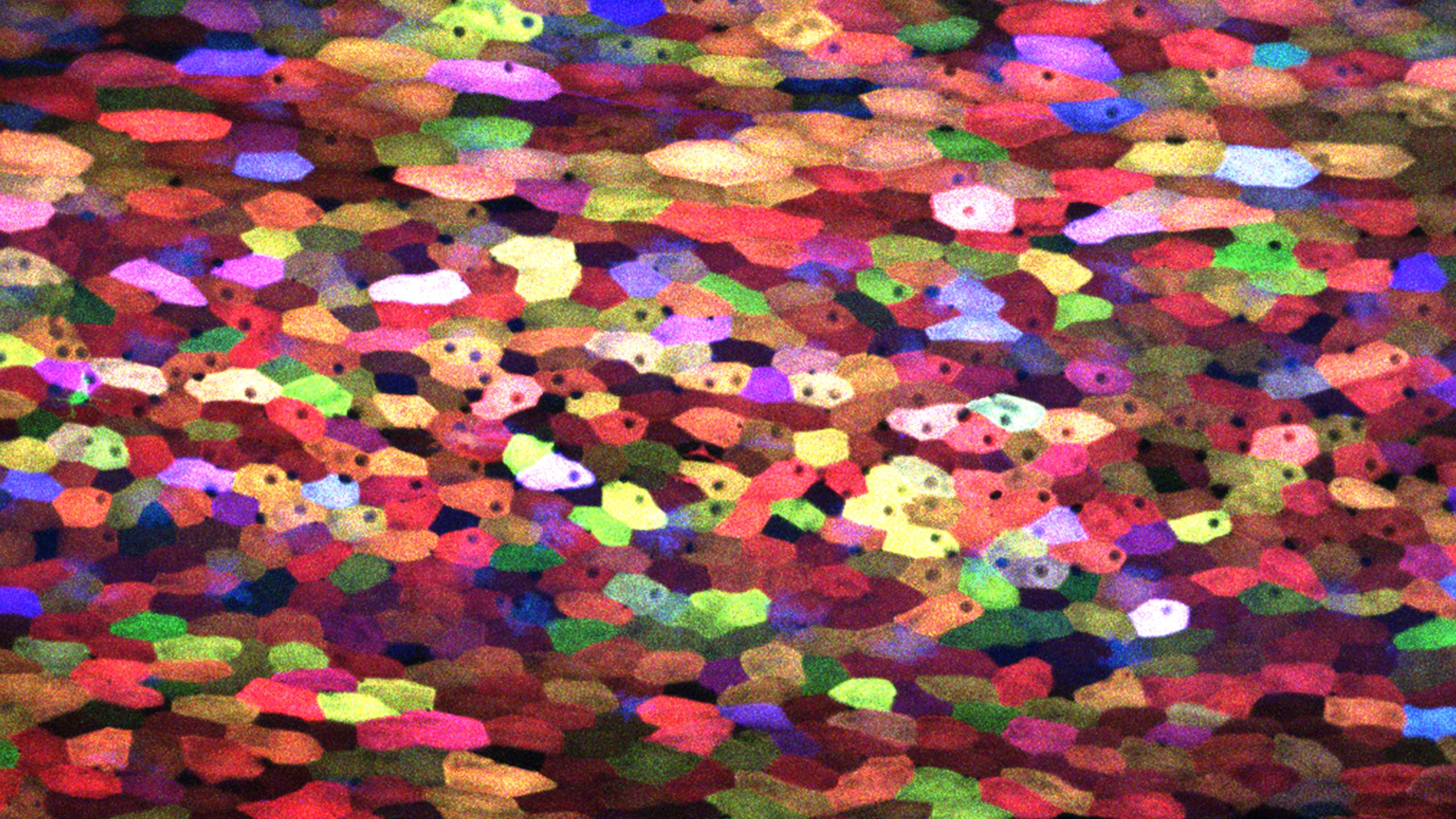
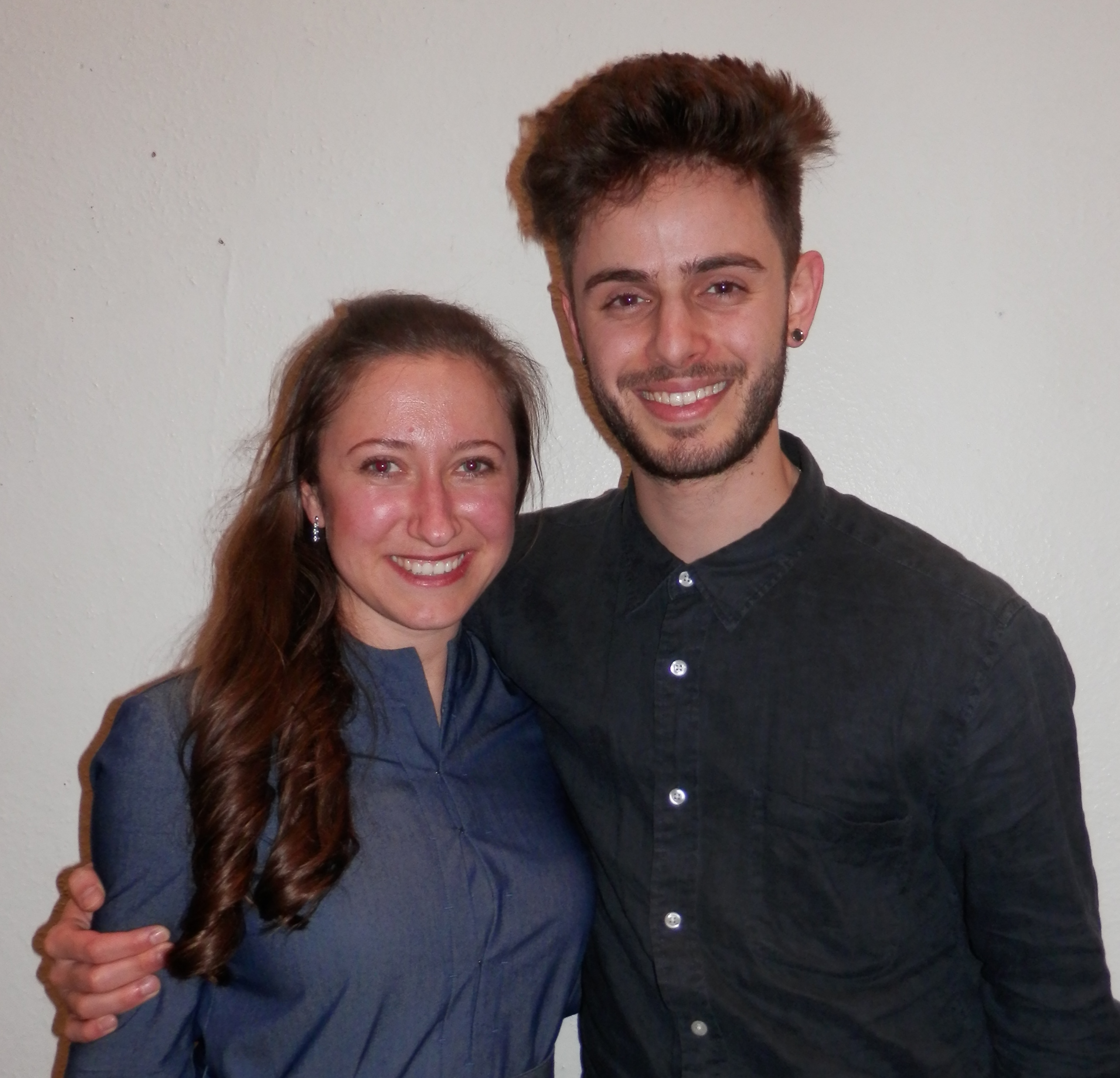 – Last month we were at the Spring Meeting of the British Society for Developmental Biology, where we interviewed the winner of the Beddington Medal for best PhD thesis
– Last month we were at the Spring Meeting of the British Society for Developmental Biology, where we interviewed the winner of the Beddington Medal for best PhD thesis 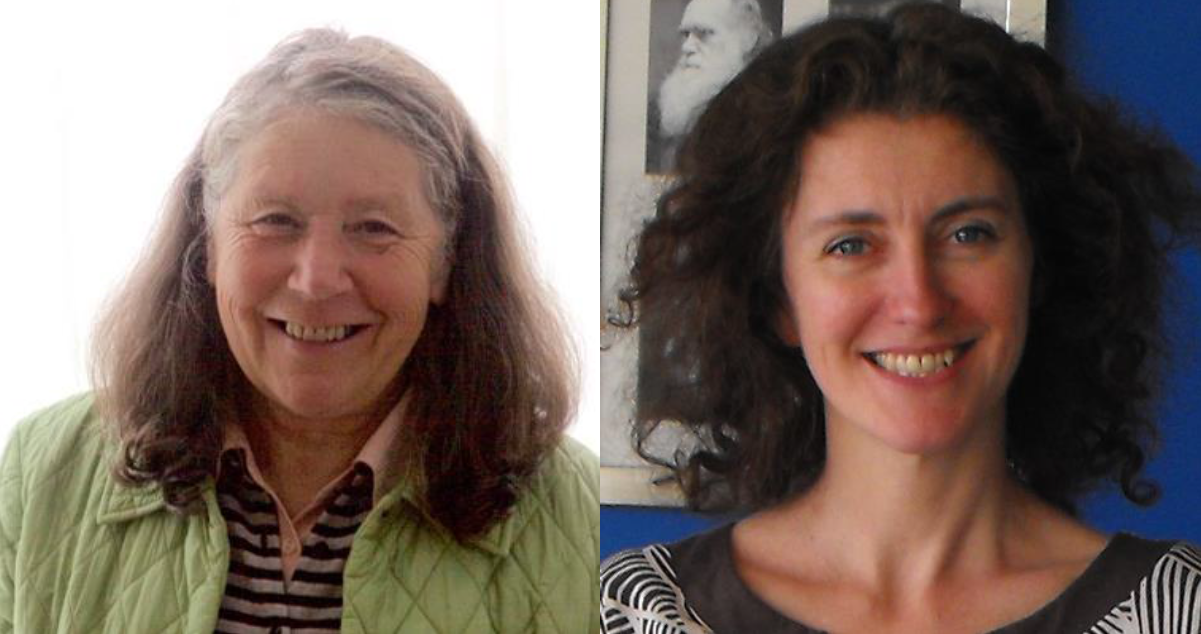
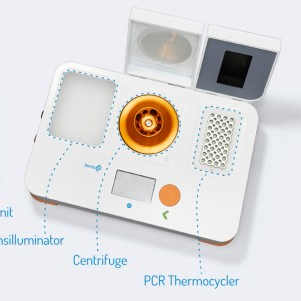 – Plagiarism, data manipulation, author disputes… what are the
– Plagiarism, data manipulation, author disputes… what are the  (1 votes)
(1 votes)
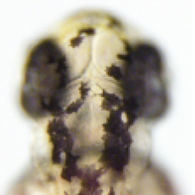 Stewart and colleagues describe a novel neural crest EMT reporter for rapid in vivo drug screening in zebrafish. They use to identify a small-molecule EMT inhibitor that blocks this process by activating retinoic acid signaling. Read the paper
Stewart and colleagues describe a novel neural crest EMT reporter for rapid in vivo drug screening in zebrafish. They use to identify a small-molecule EMT inhibitor that blocks this process by activating retinoic acid signaling. Read the paper 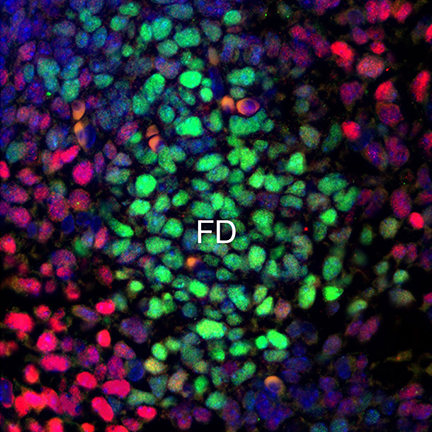 A role for LRP2 in cardiac development
A role for LRP2 in cardiac development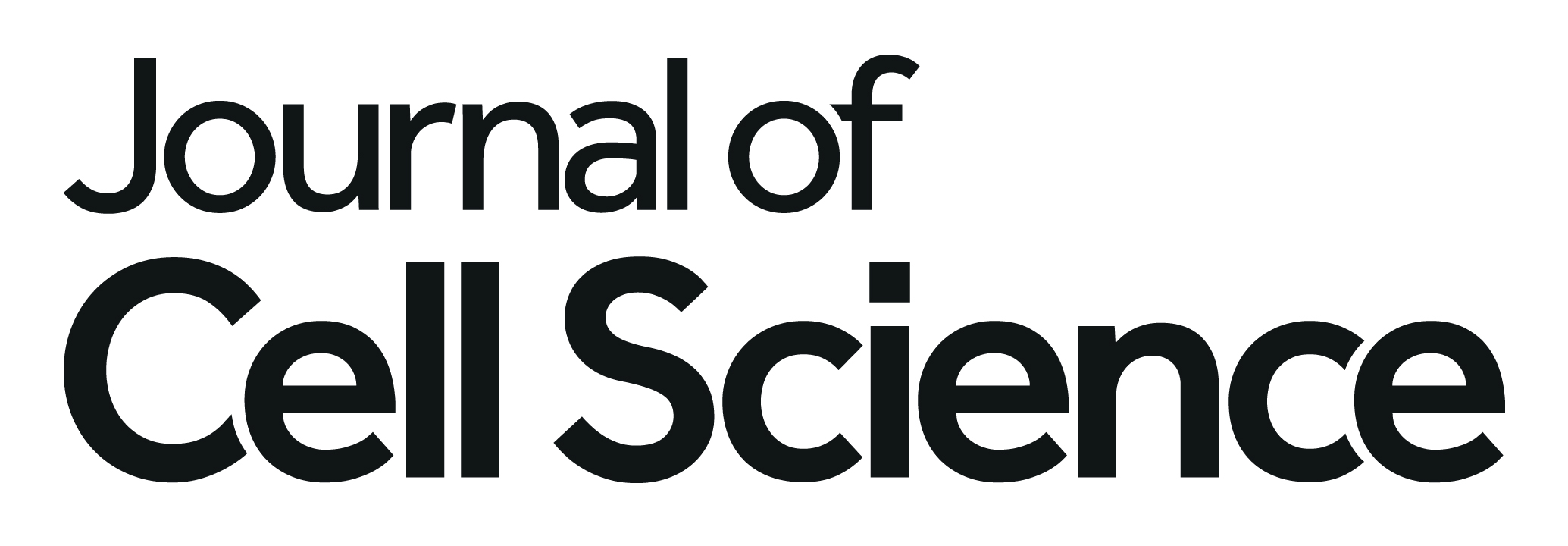
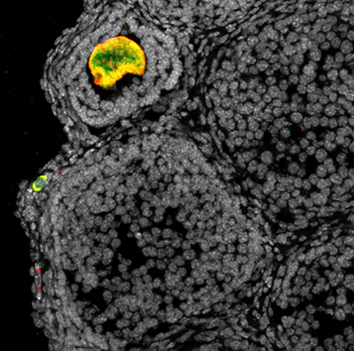 Conti and co-workers devise a new strategy to quantify the ongoing translation of specific mRNAs by measuring the extent of their co-immunoprecipitation with tagged ribosomes. Using this method, they show that the RNA-binding proteins DAZL and CPEB1 cooperate to regulate mRNA translation and protein synthesis during the meiotic cell cycle in mouse oocytes. Read the paper
Conti and co-workers devise a new strategy to quantify the ongoing translation of specific mRNAs by measuring the extent of their co-immunoprecipitation with tagged ribosomes. Using this method, they show that the RNA-binding proteins DAZL and CPEB1 cooperate to regulate mRNA translation and protein synthesis during the meiotic cell cycle in mouse oocytes. Read the paper 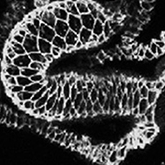 Septate junction formation in Drosophila midgut
Septate junction formation in Drosophila midgut
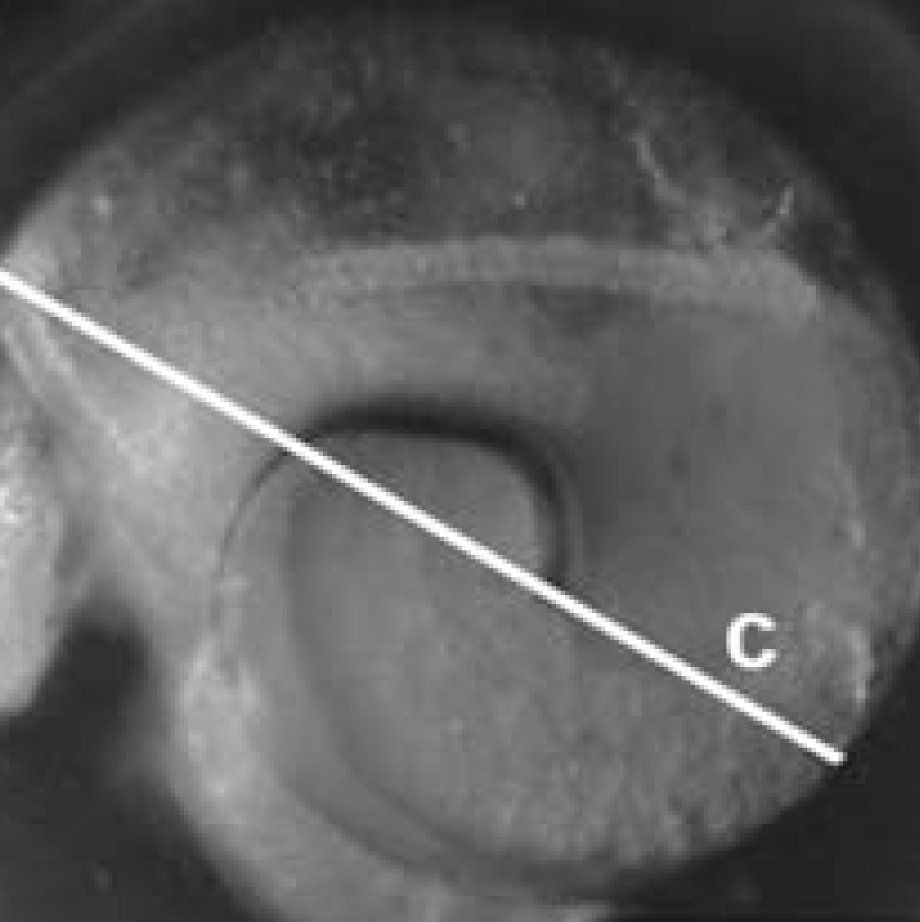 Rundle and co-workers examine whether the timing of cardio-respiratory development in the marine gastropod Littorina obtusata is important for determining whether embryos survive hypoxia. They show that individuals that develop their adult cardiovascular system early survive low oxygen conditions. Read the paper
Rundle and co-workers examine whether the timing of cardio-respiratory development in the marine gastropod Littorina obtusata is important for determining whether embryos survive hypoxia. They show that individuals that develop their adult cardiovascular system early survive low oxygen conditions. Read the paper 
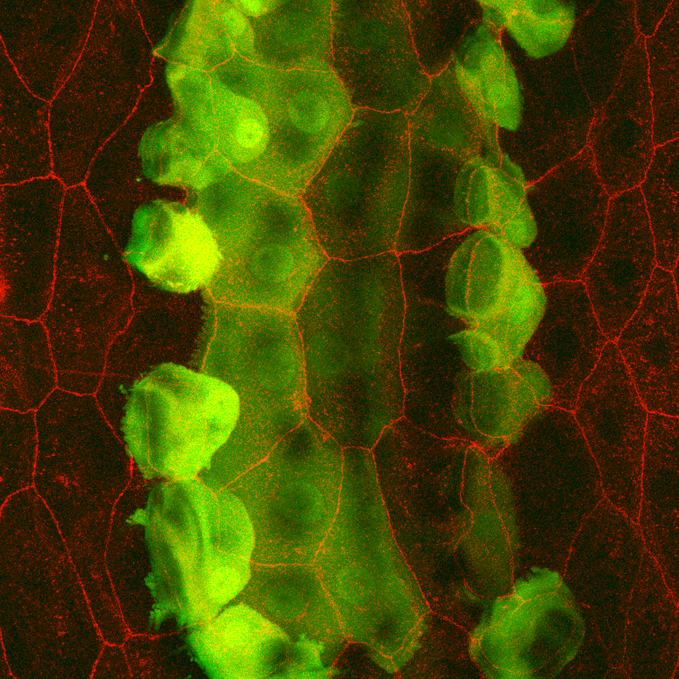 Planar Cell Polarity
Planar Cell Polarity

